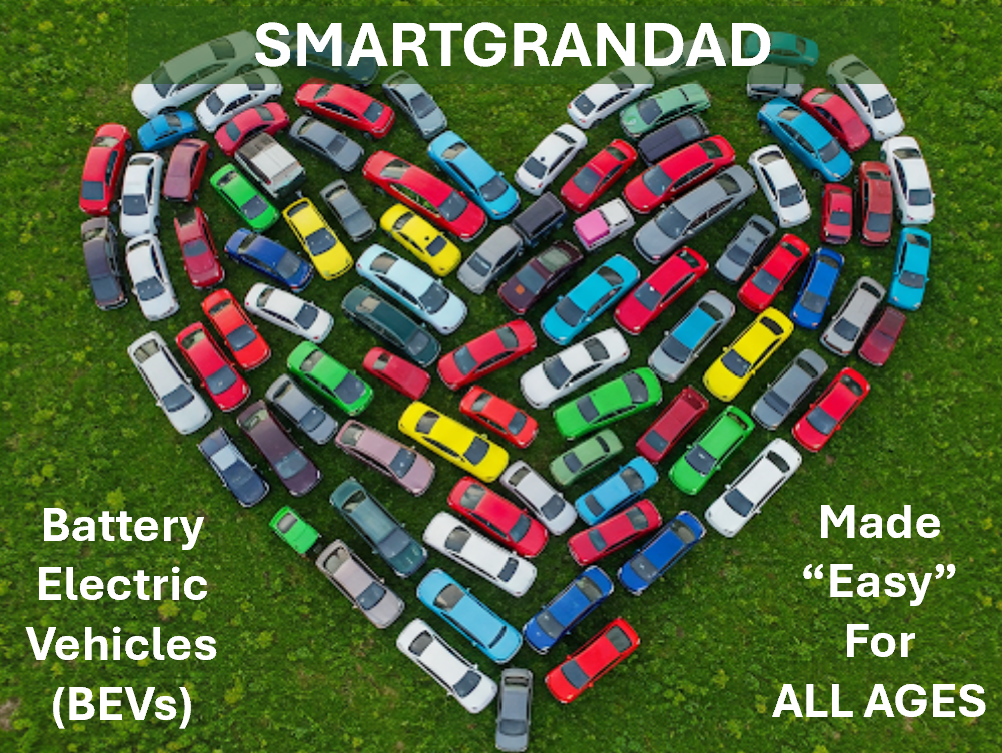POSTS > Opinions & Guides
“EASY BEV” GUIDE 3: Driver Assistance Tech – What Is “Essential” Or just “Nice To Have”?
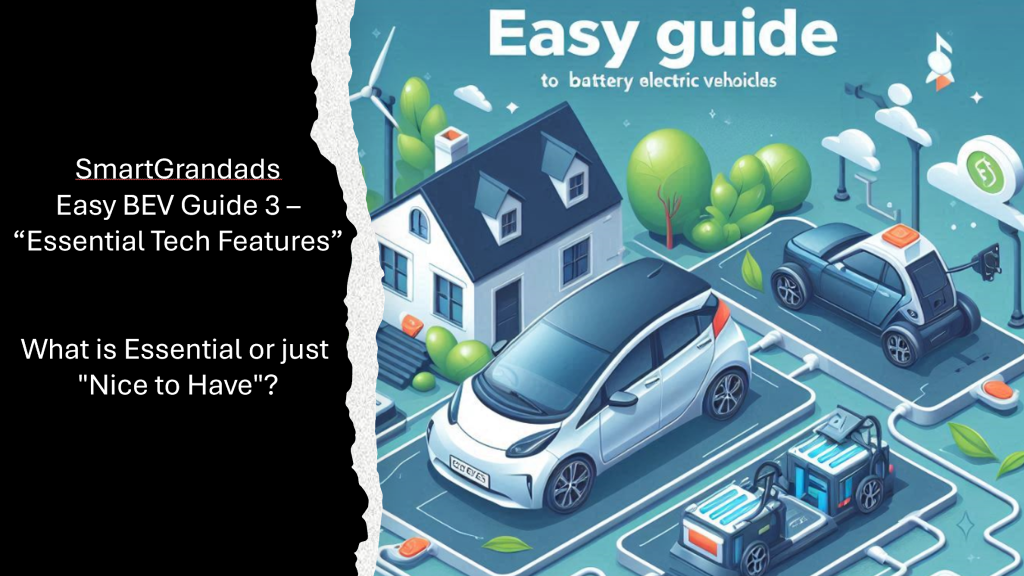
SmartGrandads "EASY BEV" Guides
Through a series of “EASY BEV” Guides, specifically aimed at potential and new Battery Electric Vehicles (BEV) owners, SmartGrandad will help remove any lingering fears.
SmartGrandad will give you some common sense, practical advice, making it easier to be informed about what BEVs are, how to choose which model is best for you.
With 6 plus years of driving different BEVs across Europe/UK and 30 years of delivering successful projects, I have plenty of Real World experience of assessing facts, dealing with challenges and reducing risks.
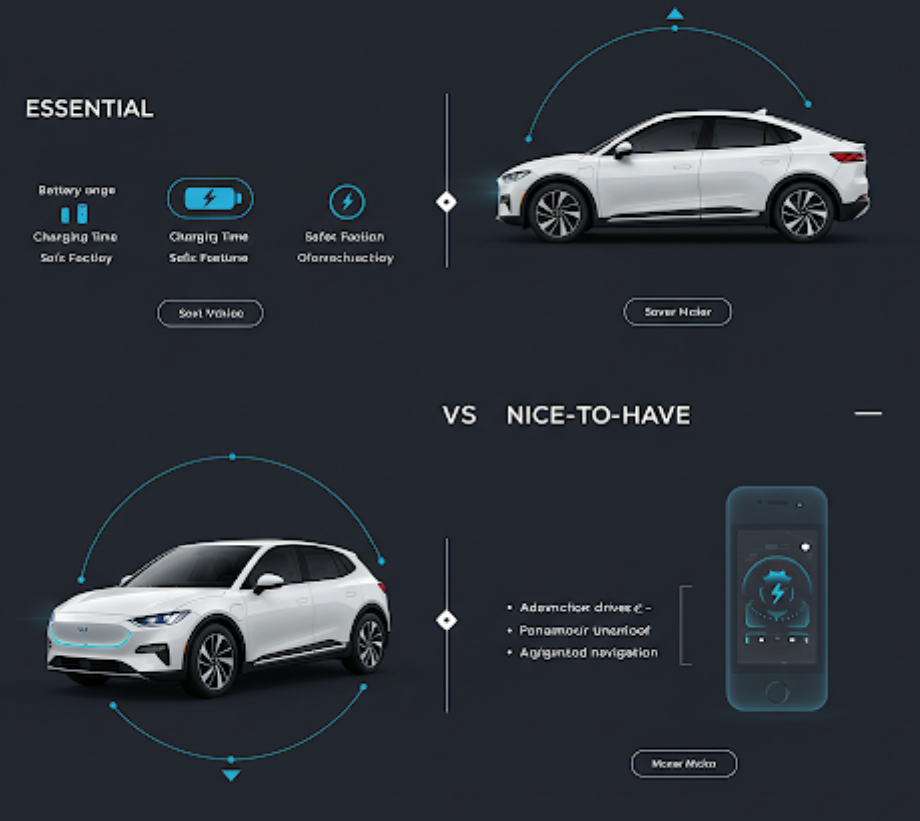
In SmartGrandads “EASY BEV” Guide 3, we will look at answering the question:
Driver Assistance Tech – What is “Essential” or just “Nice To Have” for the long distance driver?
These features, often grouped under the umbrella term Advanced Driver-Assistance Systems (ADAS), can significantly enhance the driving experience, especially for long-distance travel.
Here’s a breakdown of common ADAS features and an assessment of their utility for long-distance drivers
4 "Essential" BEV ADAS Features
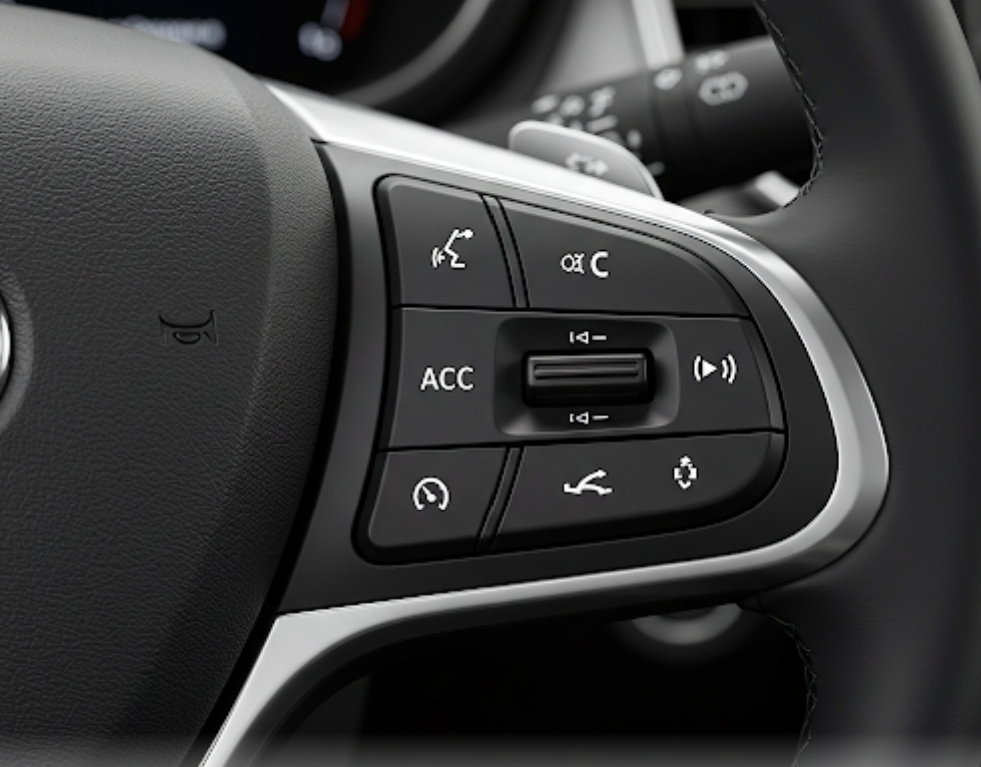
Adaptive Cruise Control (ACC):
- Function: Maintains a pre-set speed and automatically adjusts it to keep a safe following distance from the vehicle ahead. It uses radar or lidar sensors to monitor the traffic flow. Some advanced systems (ACC with Stop & Go) can even bring the vehicle to a complete stop in traffic jams and resume movement.
- Long-Distance Utility: Essential. ACC significantly reduces driver fatigue on long, monotonous highway stretches by automating speed adjustments. It helps maintain a consistent flow and reduces the need for constant manual acceleration and braking.
- Example: On a long highway drive, you set your speed at say, 120 km/h and a medium following distance. If the car ahead slows down to 100 km/h, your EV will automatically decelerate to maintain the set gap. Once the car ahead speeds up again, your EV will accelerate back to 120 km/h.
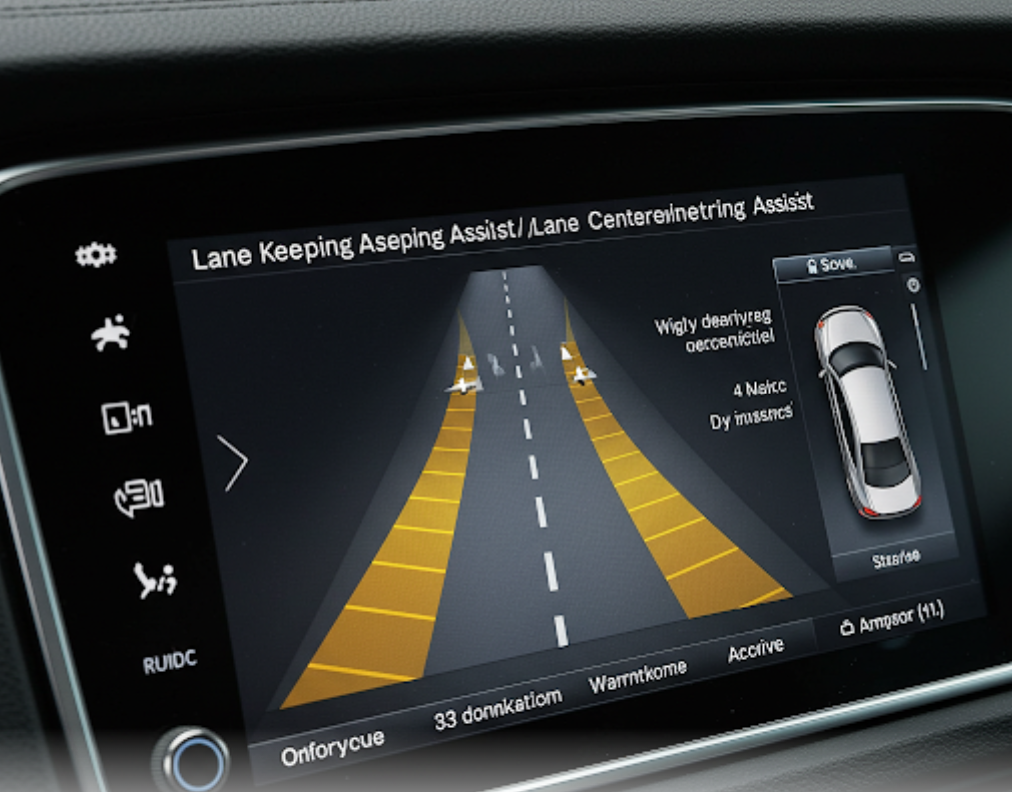
Lane Keeping Assist (LKA) / Lane Centering Assist:
- Function: LKA warns the driver if the vehicle starts to drift out of its lane without a turn signal. Some systems can even gently steer the vehicle back into the lane. Lane Centering Assist provides continuous steering input to keep the vehicle centered within the lane markings.
- Long-Distance Utility: Essential. These features are invaluable in preventing unintentional lane departures due to fatigue or momentary distractions on long journeys. Lane Centering Assist can further reduce the steering workload for the driver.
- Example: If you momentarily lose focus on a long drive and your EV starts to drift towards the lane marking, LKA will provide a steering correction to guide you back. Lane Centering Assist will actively keep your vehicle in the middle of the lane, especially useful on well-marked highways.
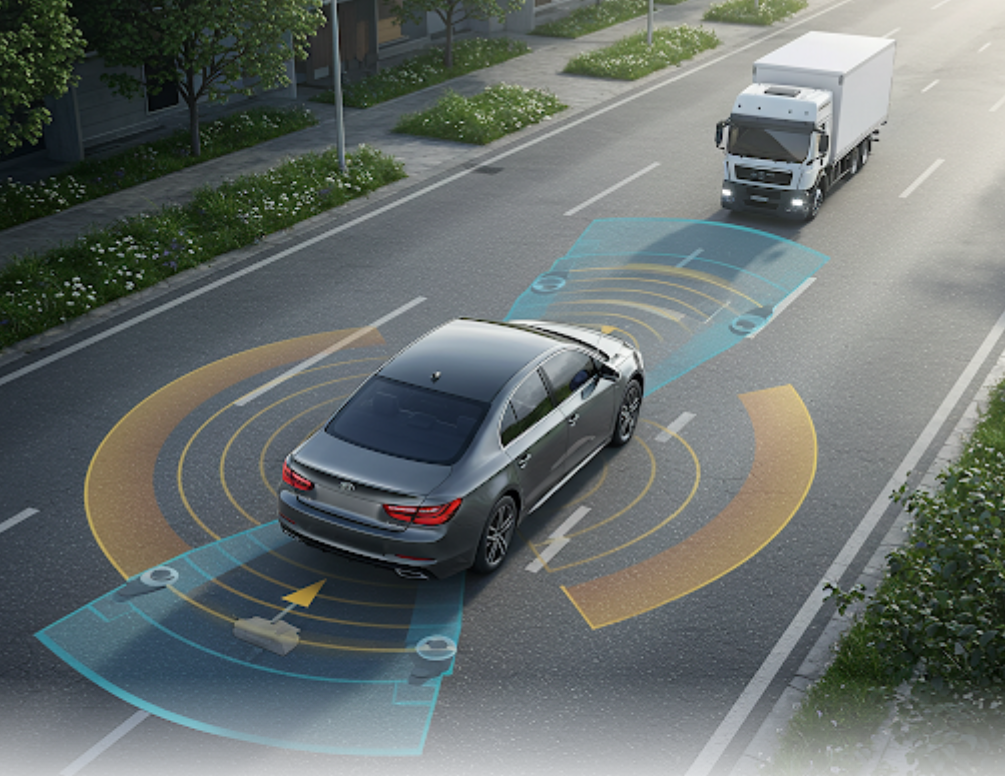
Automatic Emergency Braking (AEB) / Forward Collision Warning (FCW):
- Function: FCW alerts the driver to a potential frontal collision using sensors (radar, lidar, cameras). AEB goes a step further by automatically applying the brakes if a collision is imminent and the driver doesn’t react in time. Some systems also include pedestrian and cyclist detection.
- Long-Distance Utility: Essential. While long-distance driving might involve fewer sudden stops than city driving, the higher speeds increase the severity of potential collisions. AEB can be a critical safety net in unexpected situations, such as sudden braking by other vehicles.
- Example: If a vehicle ahead brakes suddenly on the highway and you are slow to react, FCW will issue a warning. If you still don’t brake, AEB can automatically apply the brakes to mitigate or avoid the collision.
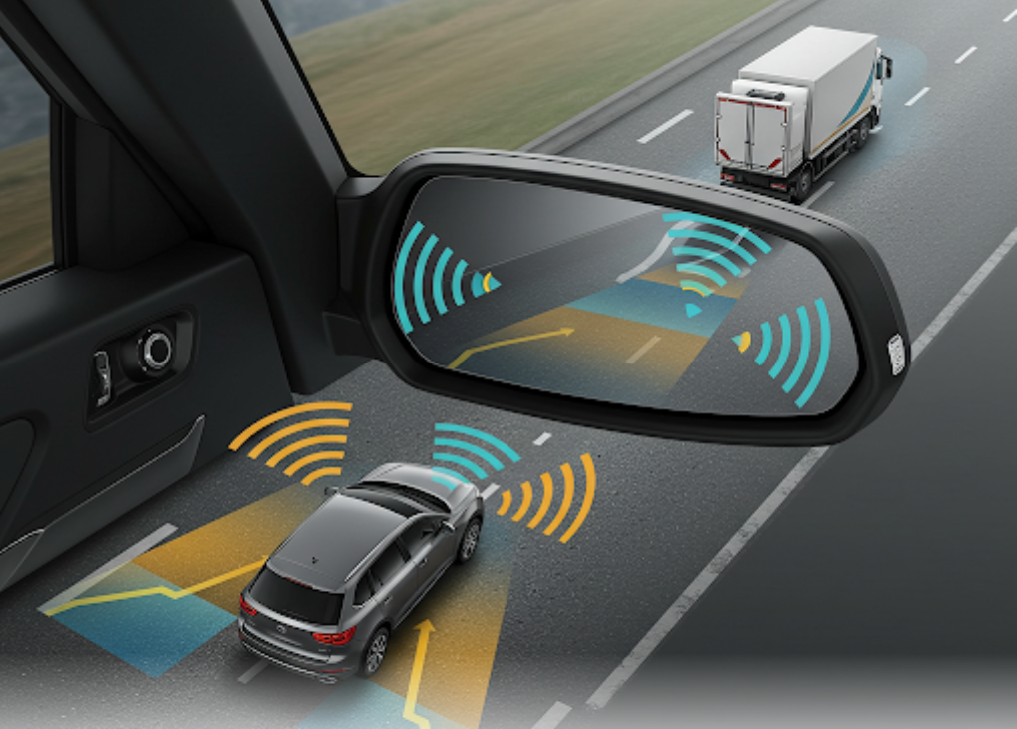
Blind Spot Monitoring (BSM) / Rear Cross-Traffic Alert (RCTA):
- Function: BSM uses sensors to detect vehicles in your blind spots and alerts you with a visual or auditory warning. RCTA warns you of approaching vehicles from the side when you are reversing, often crucial in parking lots but also useful when backing out onto a road after a break.
- Long-Distance Utility: Essential. While careful mirror checks are essential, BSM provides an extra layer of safety during lane changes on busy highways. RCTA might be less frequently used on long drives but can be helpful during stops at rest areas or when navigating unfamiliar parking situations.
- Example: When changing lanes on a multi-lane highway, BSM will alert you if another vehicle is in your blind spot, preventing a potentially dangerous situation.
4 "Nice To Have" BEV ADAS Features
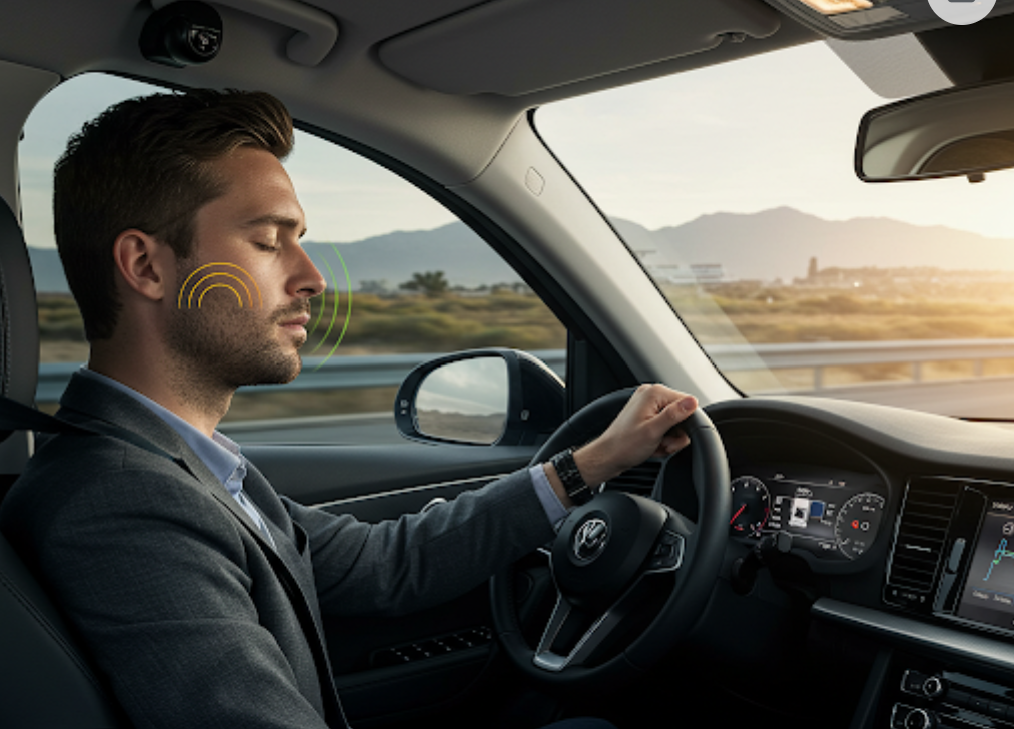
Driver Drowsiness Detection / Driver Monitoring Systems:
- Function: These systems monitor the driver’s behavior (steering patterns, eye movements, etc.) to detect signs of fatigue or inattentiveness. They can issue warnings to prompt the driver to take a break.
- Long-Distance Utility: Essential. Driver fatigue is a significant risk on long journeys. These systems can provide timely alerts, potentially preventing accidents caused by drowsiness.
- Example: If the system detects that your steering inputs are becoming erratic or your eyes are closing more frequently on a long night drive, it will issue a visual or audible warning suggesting a rest stop.
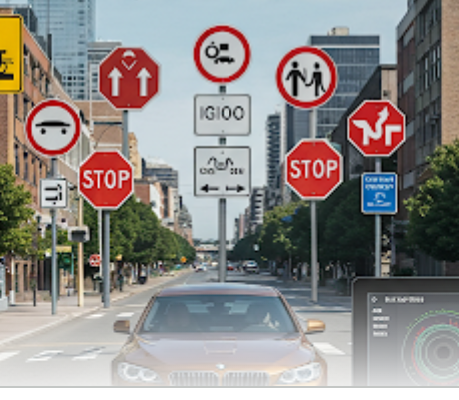
Traffic Sign Recognition (TSR):
- Function: Uses cameras to read and display traffic signs (speed limits, no overtaking, etc.) on the instrument cluster or head-up display. Some advanced systems can even adjust the vehicle’s speed to match the detected speed limit (with driver confirmation).
- Long-Distance Utility: Nice to Have. While not directly preventing accidents, TSR can enhance driver awareness of changing road regulations, especially in unfamiliar areas encountered during long trips.
- Example: When entering a zone with a reduced speed limit on your journey, TSR will display the new limit on your dashboard, helping you stay compliant.
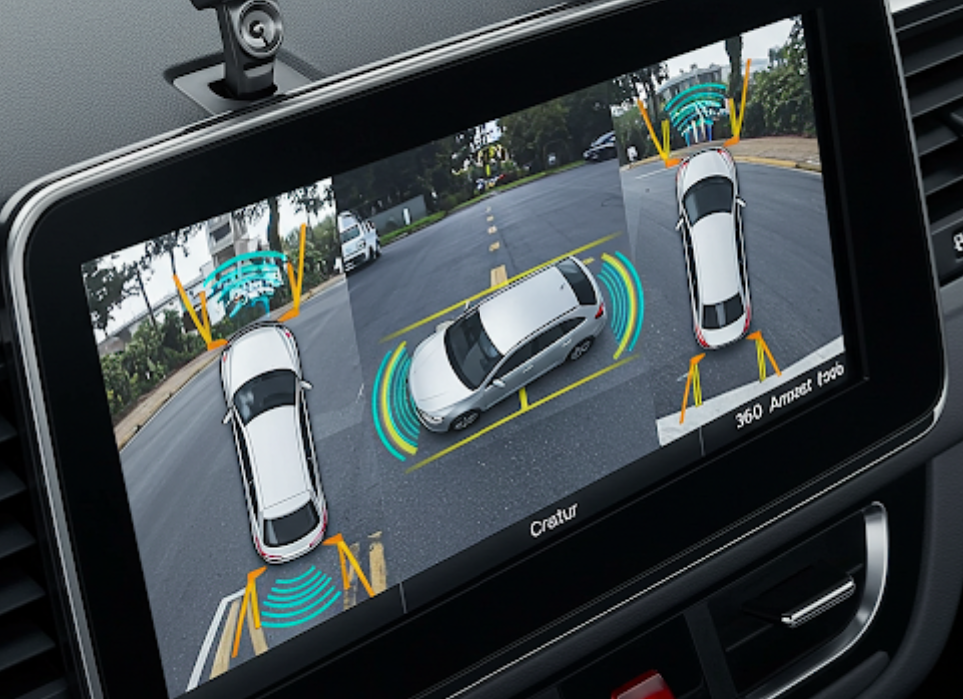
Parking Assist and 360 Surround View Cameras:
- Function: Parking assist systems provide guidance and can even automate parking maneuvers. Surround view cameras offer a 360-degree view of the vehicle’s surroundings, aiding in parking and low-speed maneuvering.
- Long-Distance Utility: Nice to Have. These features are primarily beneficial during stops in urban areas or at crowded charging stations along your route. They don’t directly impact the long-haul driving experience but can make breaks more convenient.
- Example: When parking at a highway rest stop with tight spaces, the surround view camera can help you maneuver safely.
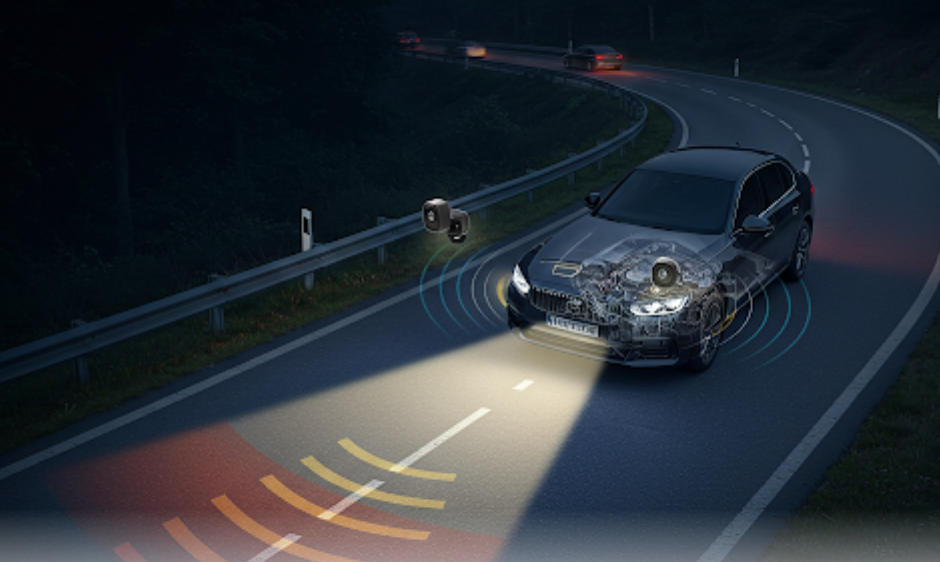
High Beam Assist:
- Function: Automatically switches between high and low beams based on the presence of oncoming traffic, preventing glare for other drivers while maximizing your visibility.
- Long-Distance Utility: Nice to Have. This feature enhances safety and convenience during nighttime long-distance driving, reducing the need for manual high beam control.
- Example: On a dark rural road during a long trip, the high beams will automatically activate for better visibility. When an oncoming car is detected, the system will switch to low beams and then back to high beams once the other vehicle has passed.
"BEV Tech What's Essential" or just "Nice To Have" - Summary
Overall, todays BEV car tech, improves safety, reduces fatigue, and enhancing the overall long-distance driving experience, the following ADAS features can be considered ESSENTIAL for BEV long-distance drivers:
- Adaptive Cruise Control (ACC)
- Lane Keeping Assist (LKA) / Lane Centering Assist
- Automatic Emergency Braking (AEB) / Forward Collision Warning (FCW)
- Driver Drowsiness Detection / Driver Monitoring Systems
While the following are categorized as NICE TO HAVE they still offer significant benefits and are highly recommended for long-distance journeys:
- Blind Spot Monitoring (BSM) / Rear Cross-Traffic Alert (RCTA)
- Traffic Sign Recognition (TSR)
- High Beam Assist
- Parking Assist and Surround View Cameras (more useful during stops)
Depending on your needs and personal driving capabilities, each of these assistance features will bring more or less benefit to you, so make your own rating (Essential or Nice To Have)
Just make sure that you checkout the specific ADAS features offered in different BEV models, as the sophistication and integration of these systems can vary significantly between manufacturers.
My advice, when you get close to choosing a model, always try out the features, if possible, in an extended test drive.
SmartGrandads Next Easy BEV Guide
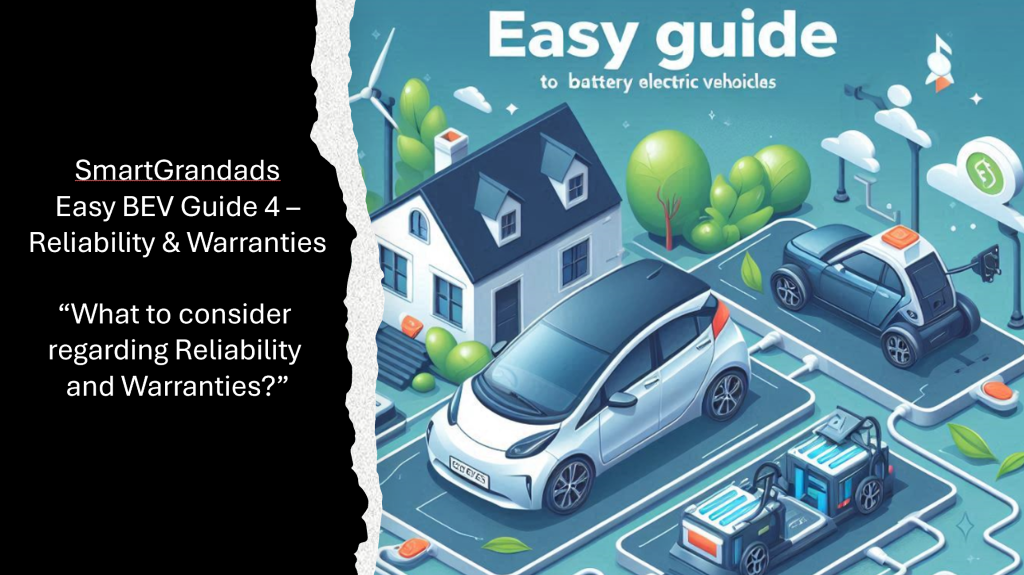
In SmartGrandads “EASY BEV” Guide 4,
to be posted soon, I will cover some practical advice and what to take into consideration regarding BEV “Reliability & Warranties”.
Future SmartGrandad BEV Guides will be covering factors like Charging, Purchase & Usage costs, ….
So, keep your eyes open for when the next SmartGrandad “Easy BEV” Guide is posted.

